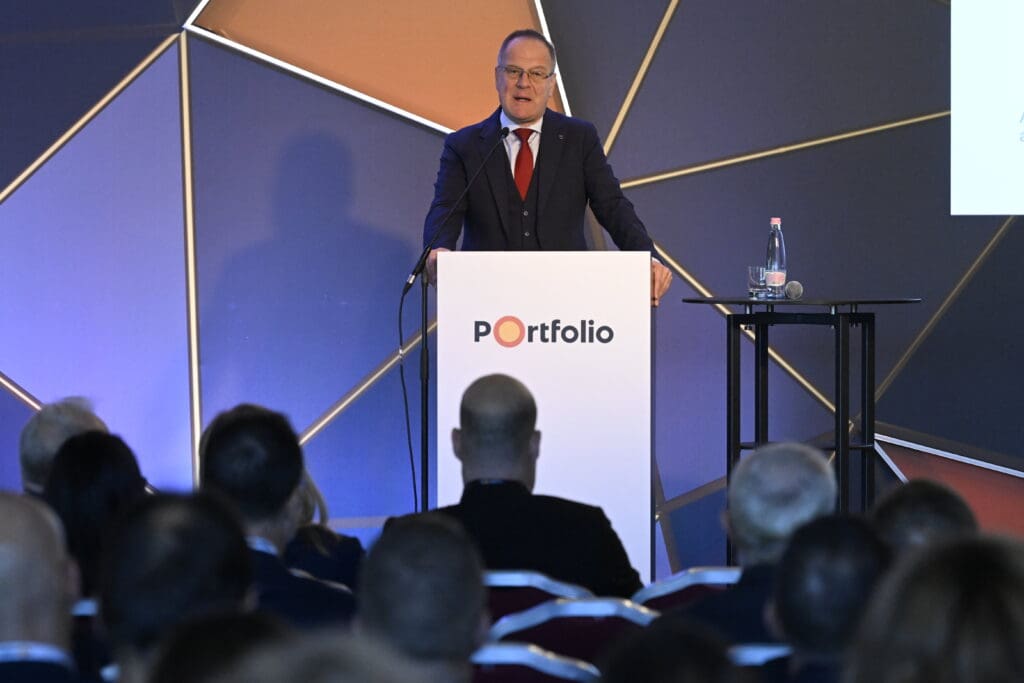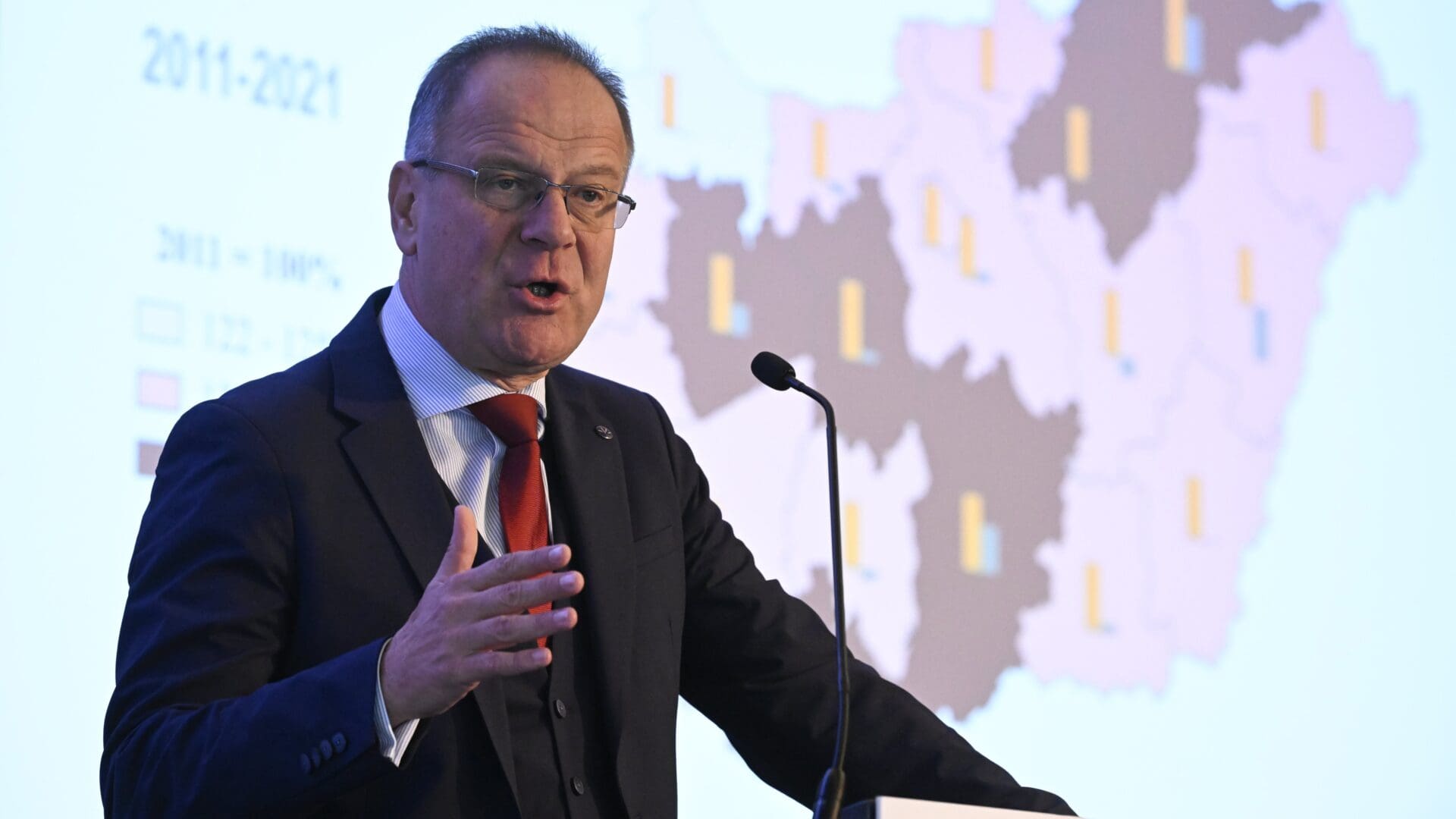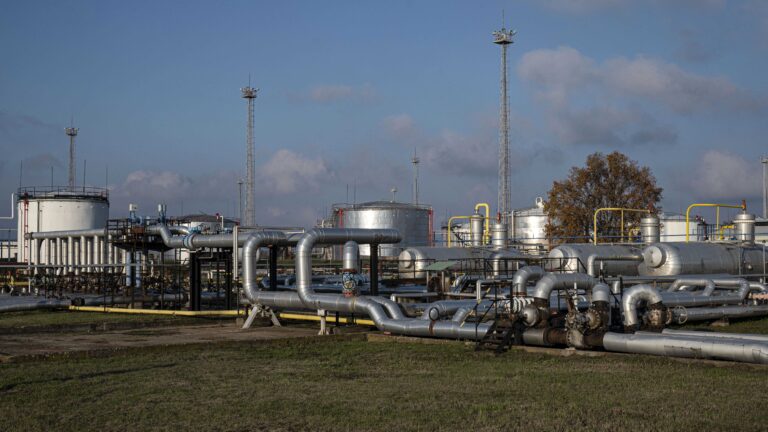The Minister for Regional Development Tibor Navracsics stated that he is hopeful that an agreement with the European Commission regarding the frozen EU funds would be reached by the end of November. In remarks at a Portfolio.hu conference on Tuesday, 17 October he noted that once the agreement materializes, Hungary will gain actual access to European Union funds, not just advances.
The minister explained that the negotiations’ next phase, according to plans, will commence this Thursday. The goal of the government is to start the financing of EU projects as soon as the negotiations regarding the authorizing of the release of the funds are completed.
Navracsics pointed out that Hungary has already utilized 94 per cent of the EU funds available between 2014 and 2020,
making it the fifth-best member state in terms of absorption capacity.
He said he believes that the government effectively utilized the funds, and this performance may improve further by the end of this year. He added that the main development policy goals for the 2021–2027 planning period are economic development, competitiveness enhancement, infrastructure development, and job creation. The government also aims to ensure that Hungary is among the top five most liveable EU member states by 2030, with 14 trillion HUF available for this purpose. He noted that the disbursement of rural development funds is in progress, and the ongoing negotiations affect operational programmes and cohesion funds.
The county has already drawn three per cent of the 2021–27 funds, with part of it covering advances for EU projects pre-financed by the budget. The other part supports organizational development and infrastructure activities that prepare for the future use of EU funds allowed by the European Commission. The government aims for a high rate of fund disbursement, similar to the conclusion of the previous development period.

Navracsics mentioned that there will be sectoral operational programmes in the new period as well, including a new programme for digital transformation with nearly 800 billion HUF available. This programme will cover a wide range of areas, from infrastructure development to digital skills education and training. Another significant funding pool is part of the 2,300 billion HUF support allocated to the Recovery and Resilience Facility (RRF). Access to this was enabled when the European Council approved Hungary’s national recovery plan in December last year. The Commission’s request was for the plans to focus on two development areas: green transition and related energy investments, and digital transition. The government submitted the application for the credit portion of the recovery and resilience plan until 31 August, which represents approximately 1,500 billion HUF in RRF credit, and an additional 268 billion HUF in non-refundable support.
During the conference, MOL Chairman and CEO Zsolt Hernádi emphasized that there is a need for less government intervention in industrial companies. He added that throughout Central and Eastern Europe, industry is burdened by extra taxes, and MOL will pay an extra $3.4 billion this year, following last year’s payments. ‘It is not good for Europe that every country in the region keeps imposing government deductions, primarily on industrial companies,’ he said. He stressed that while the energy transition continues, and there is a need to switch to new energy sources,
without industry, Europe is a ‘one-armed giant,’ and that is not only a matter of competitiveness but also sovereignty.
He highlighted that the CEE region’s share of the world’s GDP has not decreased in the past 30 years thanks to significant industrial developments, declaring that the region’s industry is the engine of growth.
Sanctions and other regulations that interfere with market operations affect the EU’s competitiveness, while, in the meantime, the rising energy prices have necessitated a switch to higher-cost levels in the short and medium term. As a result, energy-intensive industries are leaving the continent. Another change is that raw materials for energy production are arriving at higher prices and through longer routes. In addition, Hernádi underscored with regard to the green transition, ‘Europe punishes, while America encourages,’ so it is no wonder that European companies are investing in the United States, where the environment is more favourable.
Related articles:
Sources: Hungarian Conservative/portfolio.hu/MTI








